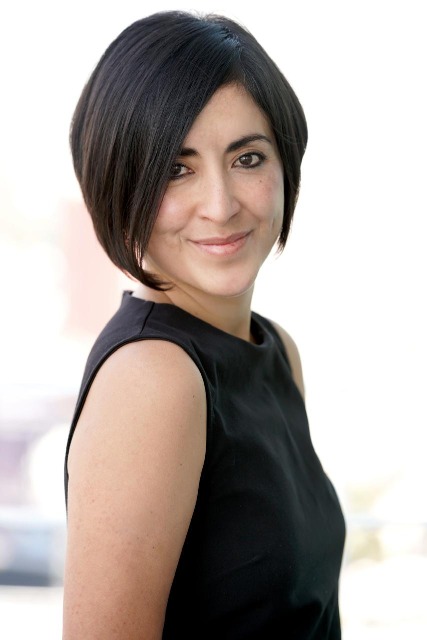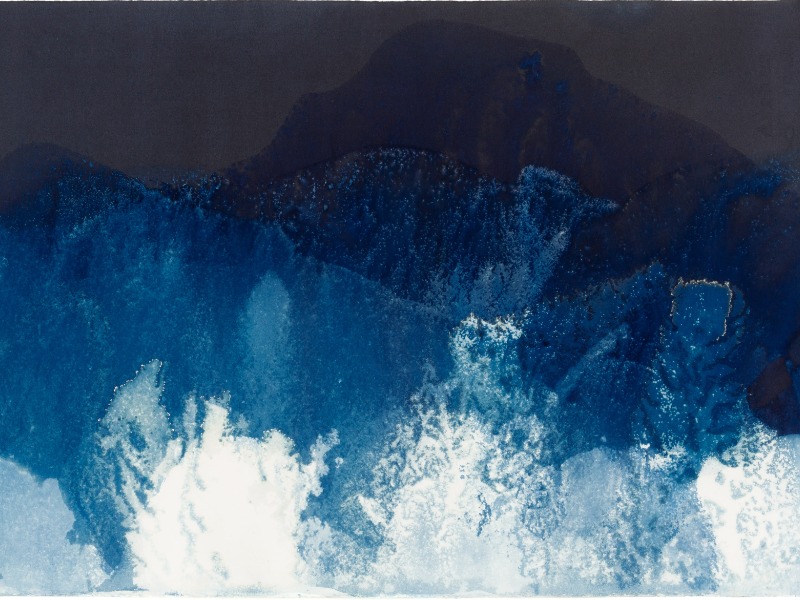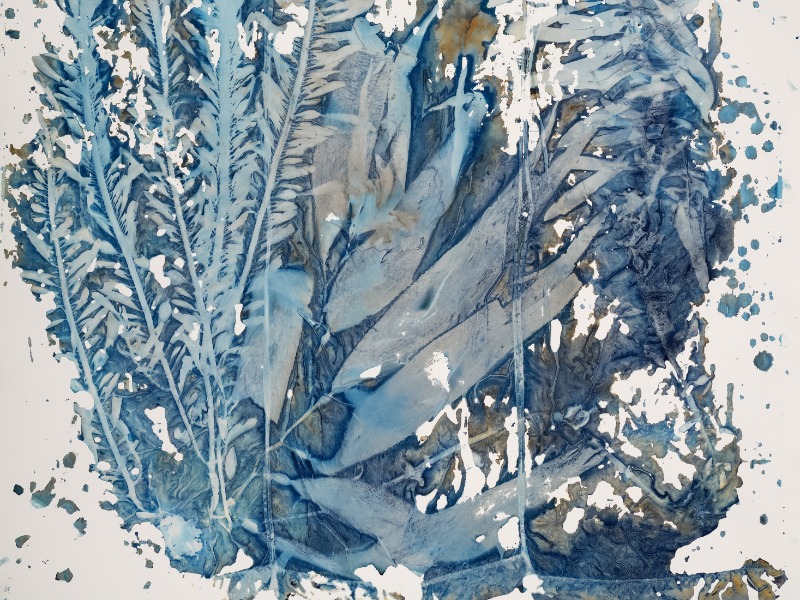Paola Dávila is a Mexican artist that has taken cyanotype as her main work technique, this ancient photographic method has allowed her to fusion tradition with actual footage. Starting today she will have her own exhibition at Patricia Conde Gallery, where people will be able to enjoy a captivating collection that portray the shores of Mazatlán as well as the stunning memories of her trip to Oaxaca. The main object of her work is to create to create a visual symphony that resonates with both past and present, that at the same time generates ecological consciousness. Get to know more of her professional path and personal life here.
Name: Paola Dávila
Instagram: @paoladavilap
Website: paoladavila.net
Title: Artist
City you live in: Mexico City
Most recent city visited… I traveled to Mazatlán, Sinaloa, to create a piece during the total solar eclipse.
A typical day in my life includes… enjoying a good coffee, spending time with my cats, working in the studio, and in the evening, meeting friends.
I was born… Oaxaca, Mexico
When I was younger, I wanted to be… a Landscape Designer or Visual Artist.
My first job was… at the Álvarez Bravo Photographic Center (Oaxaca, Mexico) as a darkroom assistant.
My favorite thing about traveling is… the opportunity to visit museums, walk through cities, and experience different cultures.
I’m inspired by… travels, books, people, or artists I admire.
Can you share with us why do you use the cyanotype technique and what is it?
Cyanotype is an ancient photographic printing technique that produces images in blue-cyan colors, also known as blueprints. Discovered by John Herschel in 1842, it involves the photochemical reduction of ferric salts to ferrous salts, leading to the formation of Prussian blue, an iron-based pigment. Thanks to the work of Anna Atkins, an English botanist who published the first illustrated photography book titled “British Algae: Cyanotype Impressions” in 1843, this technique became popular and is still used today to print photographs, illustrations, line drawings, and objects through contact printing.
I started working with this technique a few years ago with a previous project that involved mapping my movements around the city, which evolved into documenting the use of intimate space during the pandemic with the photographic series “Every Day is Monday.” When it came to printing these maps, it was very natural to choose the cyanotype technique due to its historical use in reproducing maps and blueprints.
Why is your exhibition called “Water-Sky”? In the cosmogony of many ancient cultures of the Americas, the term “water-sky” was a way of referring to the sea, proposing the union of these two immensities around the horizon.
What is your favorite thing to photograph? It depends on the space and the moment, but it always has to do with light and its qualities.
How do you project your Mexican culture in your work? Mexico has a great diversity of marine ecosystems, some of which stand out for their beauty, such as coral reefs or mangroves, but within Mexican territory, there is also another little-known and ecologically important ecosystem: kelp forests. The photographic series presented in this exhibition both document the arrival of these kelp forests on the Pacific coasts due to drastic changes in sea currents’ temperatures and transform the Mexican marine landscape into a laboratory and motif.
What is your favorite photograph that you’ve taken? Probably one from the “Interior Seasons” series.
Who do you take inspiration from in your work? Various artists and researchers focused primarily on artistic processes.
Can you share more details about Water-Sky, duration, location, times, etc? Water-Sky From April 20 to June 8 Patricia Conde Gallery, Juan Cano 68, San Miguel Chapultepec, Mexico City. Monday to Friday from 12 pm to 6 pm, Saturdays from 12 pm to 4 pm.




